Like all living organisms, plants have basic needs. Different plants have different needs and may require a particular form of treatment. Some enjoy colder environments, while others may feel more at ease with temperate climates.
Many plants may need attentive and heavy watering daily, although some may do best when watering is limited to a minimum level.
So, how to grow plants? Every plant has different growing requirements; however, the basic 7 things that plants need to grow are constant. To grow, plants need:
- Water
- Sunlight
- Soil
- Air
- The right temperature
- Nutrients
- Time
In this article, we will discuss how to grow plants from seeds, things plants need to grow, and how does a plant grow? Let’s first discuss how to grow plants from seeds.
See also: How to Start a Garden From Scratch.
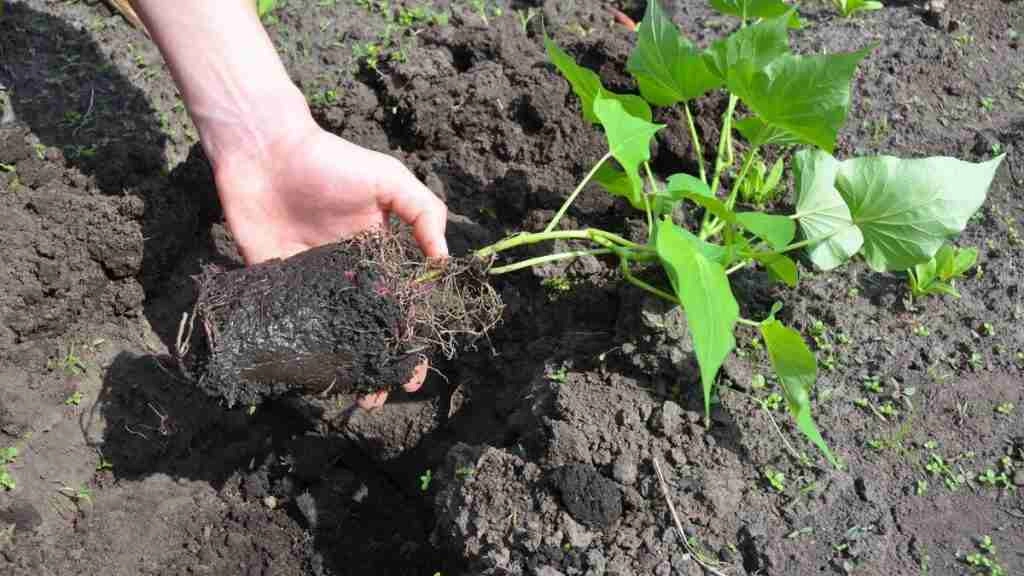
How to Grow Plants From Seeds?
Seeds are typically very small, even tiny, which makes you think about how plants grow from seeds. They provide food and the essential guidance for sprouting to life as a plant despite their size. There would be no plants without seeds, and the World would’ve been of a sterile environment.
Once a seed is planted, the roots develop first, and a tiny plant gradually emerges from the dirt. If it occurs, we claim the seed is now sprouting. This process is called germination. If the tiny plant expands and starts producing its nutritional food, extracting it from the earth, it can develop into a larger plant. The seed itself provides the nourishment required as it grows roots and forms into a small plant.
See also: How to Germinate Tomato Seeds Faster: a Quick Guide.
When a seed sends out roots, they provide the plant with water from the soil. They may expand and reach the surface to obtain water if the plant requires more nutrients.
The dry seeds you usually get are inactive. However, it normally only requires water for activation. They’ll sprout if you’re planting them in damp earth or even covering them in a wet paper towel.
When the seed soaks up water, it processes the food within into energy through enzymes. Such enzymes help to send out roots and sprout the initial sections of the plant.
7 Things Plants Need to Grow
Every plant has different growing requirements; however, the basic 7 things that plants need to grow are constant. To grow, plants need:
- Water
- Sunlight
- Soil
- Air
- The right temperature
- Nutrients
- Time
1- Water
During photosynthesis, plants need water. Absorbed by the roots, water moves through a plant’s stems to the chloroplasts in the leaves.
Water also helps transfer nutrients from the soil into the plant. Not enough water can cause a plant to fade or weaken, and too much water may cause a plant’s roots to rot.
See also: 13 House Plants Benefits you Need to Know.
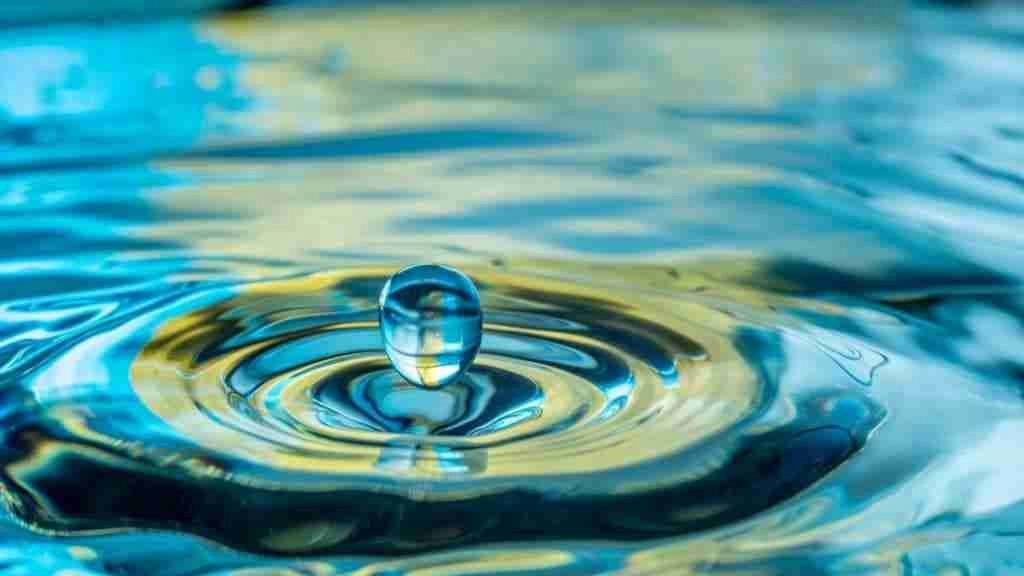
2- Sunlight
Plants grow both from natural and artificial light and use light energy to make a type of sugar called glucose used as their energy source. Light provides the plant with the energy required to undertake photosynthesis, a process by which it converts light energy into food.
During photosynthesis, plants transfer energy from the sun into sugar (glucose) chemical energy.
Plants also make glucose in a part of their leaf cells called the chloroplast. It is like a solar panel that converts sunlight energy into electric energy. Each chloroplast contains a green pigment called chlorophyll, which allows the plant to absorb light energy.
Without enough light, your plants will grow slowly; however, too much light may cause your plant and the soil it is in to dry out.
See also: How To Deal With Too Much Iron In Your Garden’s Soil: A Guide.
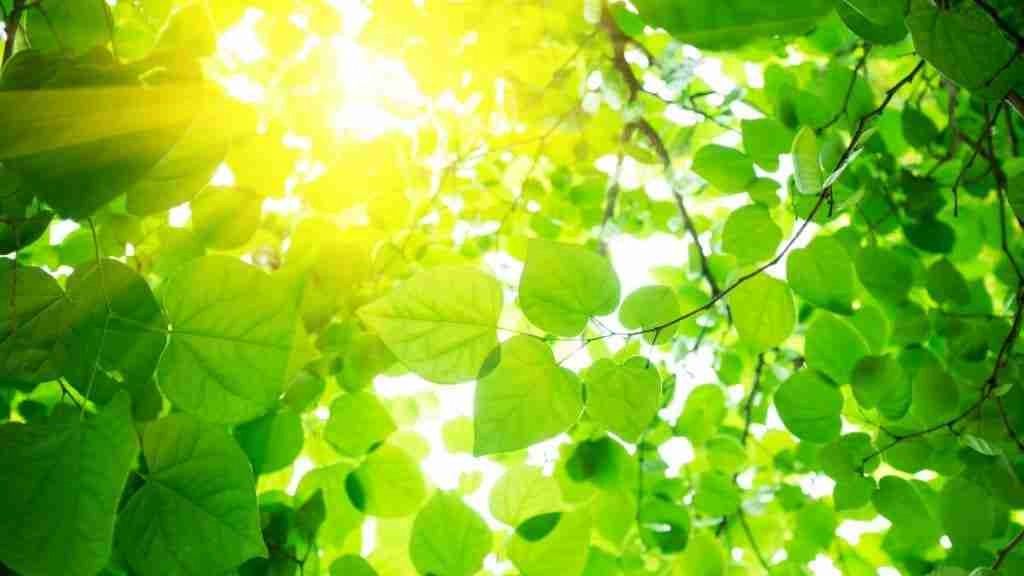
3- Soil
Soil differs from place to place and is influenced by five factors that form it: climate, topography, organisms, the parent rock below the surface, and time. Good soil delivers nutrients to your plants and will help water drain away to prevent overwatering.
Overall, soil performs four significant functions:
- It is a medium for plant growth.
- It provides a habitat for fungi, insects, bacteria, burrowing mammals, and other organisms.
- It helps recycle raw materials and filters water.
- Soil provides support for plant roots.
See also: How To Repot Overgrown Succulents Like A Pro: A Quick Guide.
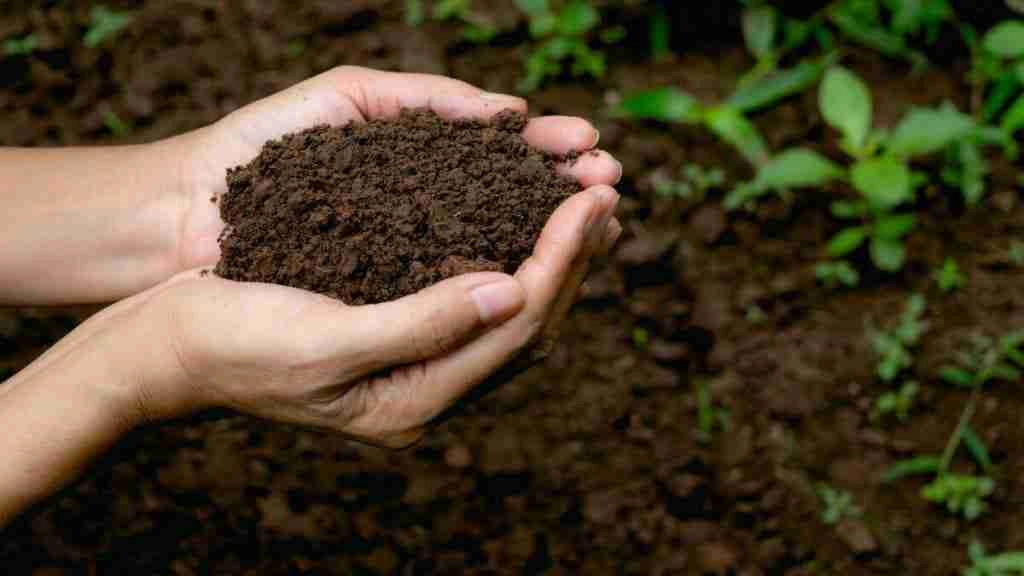
4- Air
Air contains many gases, which include nitrogen, oxygen, carbon dioxide, and water vapor. Every plant requires carbon dioxide to perform photosynthesis. Using energy from light, plants chemically blend carbon dioxide and water to create glucose and oxygen through photosynthesis.
Plants “inhale” carbon dioxide and “exhale” oxygen into the atmosphere as a part of the photosynthesis process.
However, polluted air containing harmful gases such as smoke and other pollutants restricts plants’ ability to inhale carbon dioxide from the air.
See also: 22 Disadvantages and Advantages of Hydroponics (What You Should Know)

5- The Right Temperature
A garden’s temperature results from heat transfer from the earth’s surface to the surrounding air. And an area’s climate and temperature determine what plants will grow.
A plant’s ability to resist cold temperatures is known as cold hardiness, while plants that can not tolerate cool weather are known as tender. Most of the time, the temperature will continually change in the natural environment, varying with latitude, altitude, and topography.
Check out the USDA Plant Hardiness Zone Map to determine which plants are most likely to thrive at a location.
See also: How To Remove Aphids From Kale: A Quick Guide
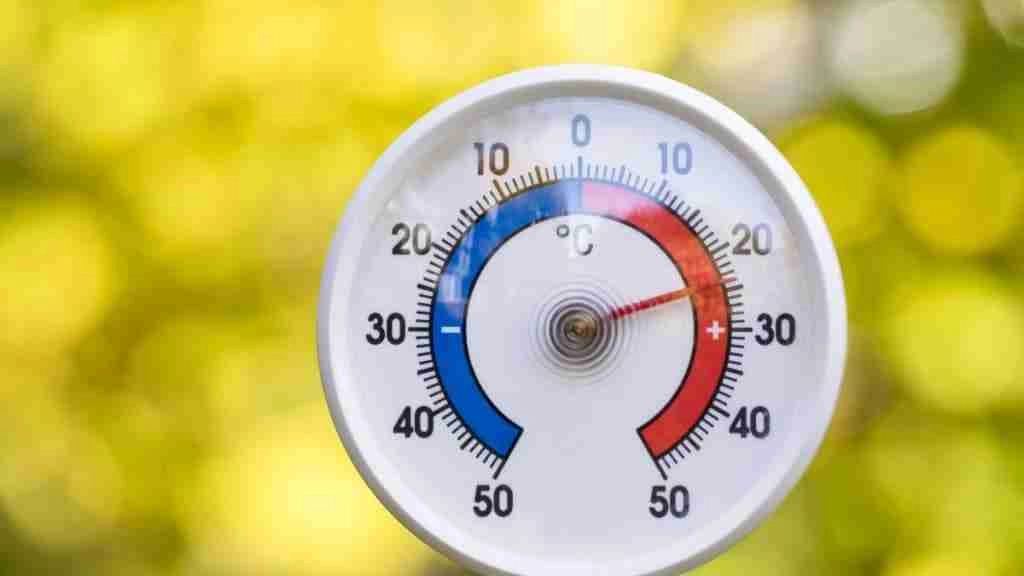
6- Nutrients
Nutrients are substances (food) that nourish a plant. In particular, plants need nitrogen, phosphorus, and potassium. When dissolved in water, these nutrients get absorbed by a plant’s roots.
You can also use fertilizer if your plant can’t get enough nutrients from the soil. With fertilizers, plants can get essential nutrients to help them grow faster.
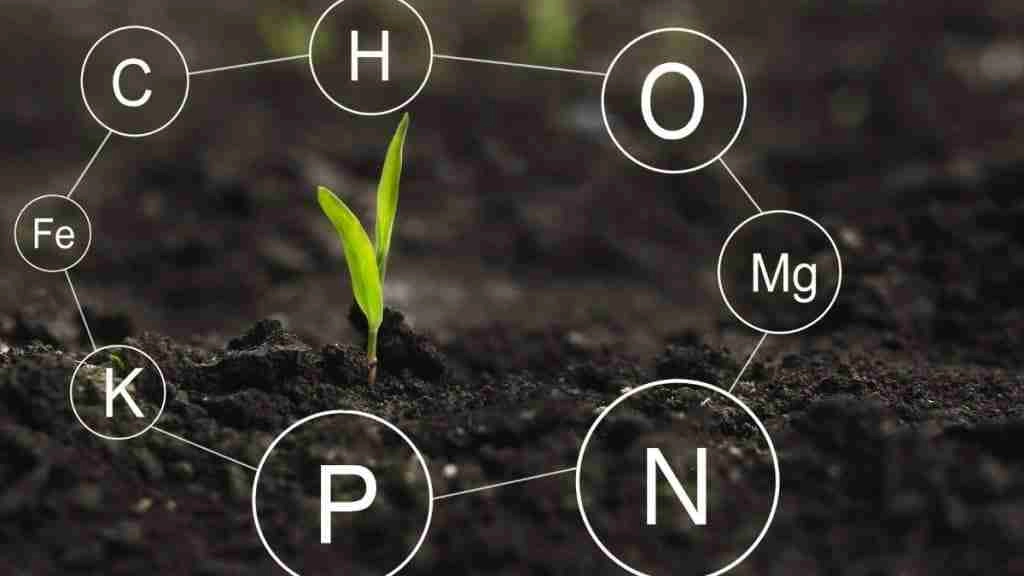
7- Suitable Environment to Grow
All living things need a suitable environment to grow in. A plant’s roots require space to spread out and absorb water and other nutrients.
And plants’ leaves also need space so that they have access to light. When you grow plants too close together, they have to compete for resources.
When plants are overcrowded, they usually tend to be less strong and healthy, making them more likely to suffer from diseases.
8- Time
It takes time to grow plants and care for them. Some plants need more time to grow than others. And it can be challenging to get plants to flower or fruit at a particular time.
Plants growing outdoors need a certain number of days to flower or fruit.
See also: How to Germinate Tomato Seeds Faster: a Quick Guide
How Does a Plant Grow?
Plants grow through photosynthesis, the impressive mechanism by which plants turn solar energy into the substance that builds plant cells. The fundamental requirements for this procedure include light, water, chlorophyll, and carbon dioxide.
Chloroplasts are the cells in the green part of the plant, and they contain chlorophyll, which executes plant growth. The process of photosynthesis answers the question of how a plant grows step by step.
Step 1
Carbon dioxide from the atmosphere reaches the plant leaf via stomata, tiny epidermal pores in the leaves and plant stem that allow the transmission of different gases and water vapor.
Step 2
The water reaches the leaves and is attracted to the chloroplast, mostly from the roots. Such roots primarily attract the groundwater and move it into other plant components through the stem.
Step 3
When sunlight falls on the leaf’s surface, chlorophyll, the green pigment in the plant leaf, receives the energy and separates the water into its components, hydrogen, and oxygen.
The hydrogen and oxygen are generated from the water using the energy obtained from the Sun.
Step 4
For those who don’t know how to grow plants, the food for the plant is produced when hydrogen is mixed with carbon dioxide, while oxygen emits via the stomata.
What Helps Plants Grow Faster?
You can take numerous steps, such as using the best product, to make your plants grow faster. You would be on course to make plants grow much faster by scheduling and determining how you will treat your plants. Through a process of trial and error, you will discover what helps plants grow faster, but there are a few basics known by many.
1- Take Care of The Soil
The soil is required to have the correct nutritional balance. A workable soil should provide enough water, air, and nutrients for the plant. A deficient soil may develop clumps and bind together to block air and water from entering the roots, as it won’t be able to retain water as it should.
To make the plant grow better, you could incorporate nutrient blends and other useful items like fertilizer, compost, or grass clippings into the soil.
2- Suitable Location
Many plants require sunshine, and if placed where there isn’t enough of it, the leaves won’t be green, and their development would stall. Meanwhile, some plants don’t require much sunshine; if you place them directly in the Sun, they will roast and disintegrate.
Before planting, it is necessary to find out such details because transferring the plant is challenging and harmful once it has started growing its roots.
3- Water Schedule
Based on the species, plants have specific watering requirements. Large amounts of water are almost as harmful as insufficient water. There is no clear rule to decide how much water your specific plant needs.
But you can look for other factors, such as the growth and the color of the leaves.
How To Make Indoor Plants Grow Faster?
Apart from taking care of your indoor plants generally by using tight containers, changing the soil, and regulating the temperatures as well as watering, there is another thing that can help your dilemma of making your indoor plants grow faster.
You can use grow lights for indoor plants. Growing lights are one of the most effective indoor gardening methods, as they are particularly for plants. It provides artificial sunshine to plants without any damaging radiation.
Final Thoughts
Whether you are an amateur or a professional gardener, you need to know how to grow plants and care for them.
The seven essential things a plant needs to grow are water, sunlight, soil, air, the right temperature, nutrients, and time. Learning to master the seven essential things that plants need to grow will help keep your plants and garden healthier and your plants stronger.



